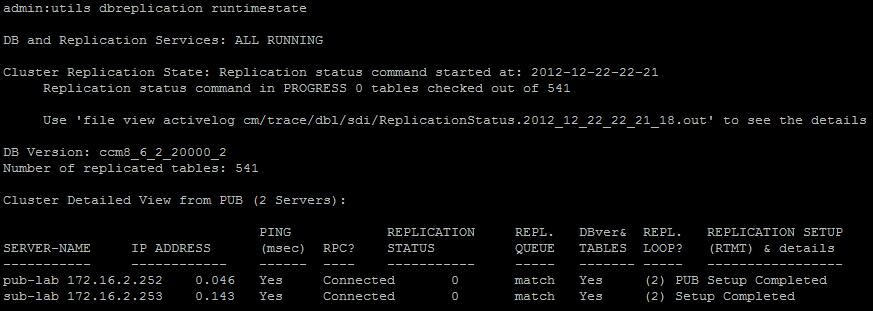To better understand the licensing of CUCM, lets start from the beginning.
CUCM was known as Selsius Call Manager before Cisco acquired it and re-christened it to Cisco Call Manager starting with Version 3.0. At that time, for CallManager 3.x and 4.x, we had to buy licenses with phones. There was no method to enforce licensing. A spare license was cheaper than original license and companies started to exploit this. CUCM was running on Windows server. Also, if we had CUCM software, we could install as many as nodes in a cluster as required.
From CallManager 5.x, it runs as an Appliance on a customized RHEL with a different shell. Cisco started the concept of DLUs. Each device required different number of DLUs depending on the device features. Each DLUs cost about 25$. Also introduced was the Node licensing. So installing a new subscriber required a license.
From CUCM 6.x, Cisco renamed CallManager to CUCM and introduces Feature license. You can't upgrade to any major version without feature license. You cannot start the CUCM service without a feature license. When upgrading between major versions, the DLU count would become negative and you need a feature license to get back to the original count.
CUCM 8.x onwards due to the large number of collaboration devies and licenses, Cisco introduced a new CUWL (Cisco Unified Workspace Licensing) {pronounced as COOL}. It consists of a license based on users rather than on devices i.e. if a user has access to only one device then you can get a basic license can scale upto 10 devices per user which is a professional license.
Here is a list of CUWL licenses made available:
Essential : 1 device/user (analog/Voice)
Basic : 1 device/user (Voice)
Enhanced : 1 device/user (Video)
Advanced : 2 devices/user (Video)
Standard : 2 devices/user (Video)
Premium : 4 devices/user (Video)
Professional : 10 devices/user (Video)
Enhanced : 1 device/user (Video)
Advanced : 2 devices/user (Video)
Standard : 2 devices/user (Video)
Premium : 4 devices/user (Video)
Professional : 10 devices/user (Video)
Also introduced was Cisco User Connect Licensing (UCL) provides user-based licensing for individual Cisco Unified Communication products. UCL is further broken down by device type for Communications Manager and is viewed as the replacement for the ‘DLU'.
Till 8.x, the licensing was done by Publisher. From 9.0, the licensing is done by ELM (Enterprise License Manager).
 ELM is installed by default on every node. It can be installed as a standalone using CUCM OVA template and it can be used to license multiple servers.
ELM is installed by default on every node. It can be installed as a standalone using CUCM OVA template and it can be used to license multiple servers.
- Abhinay Mylavarapu


